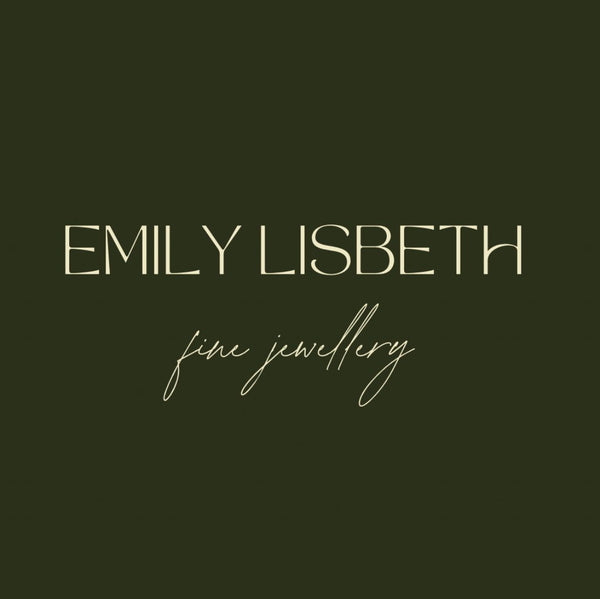The Truth About White Gold: What You Need to Know
White gold is a popular choice for jewellery, particularly for engagement and wedding rings. But did you know that in its natural state, white gold isn’t as bright and shiny as you might expect?
Many rings from high street jewellers are rhodium plated to achieve that signature bright white finish. While this creates a striking look, I love the softer, more muted tone of white gold in its authentic state. There’s something understated and beautiful about its natural finish that feels effortlessly elegant.
Should You Rhodium Plate Your Rings?
If you prefer that brilliant shine, rhodium plating is the way to go. However, there are a few important things to consider:
- Timing Matters: If you plan to have both your engagement and wedding ring rhodium plated, it’s best to have them done at the same time. This ensures they match perfectly, which is especially important for those cherished wedding photos.
- Metal Purity and Wear: If you’re choosing a wedding band to sit alongside your engagement ring, aim to select one of the same fineness if possible. Different metal purities can wear unevenly over time. For example, platinum is much harder than 18ct gold, so if the two metals are worn together daily, the platinum may gradually wear away at the gold. If your gold ring is prong-set with a stone, this uneven wear could risk loosening the setting and dislodging the gemstone.
On the other hand, if you’re choosing a bold, standalone wedding band, you have far more flexibility in your metal choice. Just keep in mind that if you choose a handmade ring from an independent jeweller after browsing the high street, there may be slight colour differences.
The Cost of Rhodium Plating
Rhodium plating is a fantastic option for achieving a dazzling white finish, but it does come with some upkeep. Plating typically costs around £50-£60 and will need redoing every 6 to 12 months, depending on how often you wear your jewellery. Small independent jewellers often don’t provide this service in-house, so your ring may need to be sent away for plating.
The Pros and Cons of Rhodium Plating
Positives:
- Achieves a bright, brilliant white finish
- Provides a hard-wearing surface that enhances durability
- Rhodium is part of the platinum family, making it both rare and luxurious
Negatives:
- Can be costly to maintain, with regular replating required
- As the plating wears off, your jewellery may develop a patchy appearance, especially in high-contact areas
Final Thoughts
Whether you embrace the natural beauty of white gold or prefer the crisp brilliance of rhodium plating, understanding these details can help you make an informed decision. Whatever your choice, a well-considered approach will ensure your jewellery looks its best for years to come.

